Breeds of Empire: The ‘Invention’ of the Horse in Southeast Asia and Southern Africa 1500–1950
by NIAS2007, 272pp, 14x21.5 cm, illus.
- Deals with the (colonial) introduction, invention and use of horses in Southeast Asia and Southern Africa.
- Explores the links between horses, colonialism, environment and self-ascription across cultures.
- Unique South–South historical perspective.
- Challenges conventional historiography and sets new paths in Animal Studies.
- Appeals to academics as well as to the broad horse-reading public interested in all things equestrian.
This book explores the ‘invention’ of specific breeds of horse in the context of imperial design and colonial trade routes. Ships of empire carried not just merchandise, soldiers and administrators but also equine genes from as far a field as Europe, Arabia, the Americas, China and Japan. In the process, they introduced horses into parts of the world not native to that animal in historical times. The book deals respectively with the introduction, invention and use of the horse in the Philippines, Thailand and southern Africa as well as examining its roots and evolution within Indonesia. The study is supplemented by a discussion of the colonial trade in horses within the Indian Ocean and by historiographical and methodological problems associated with writing a more species or horse-centric history.

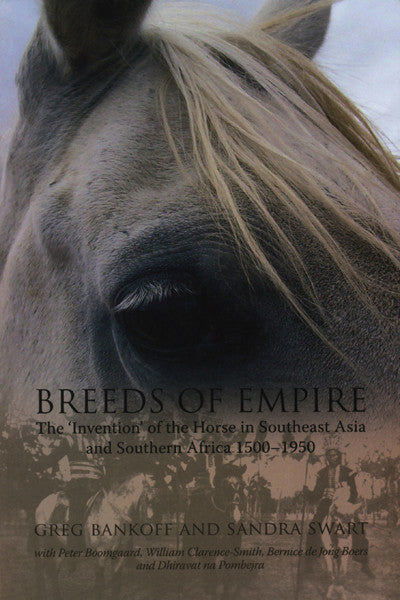
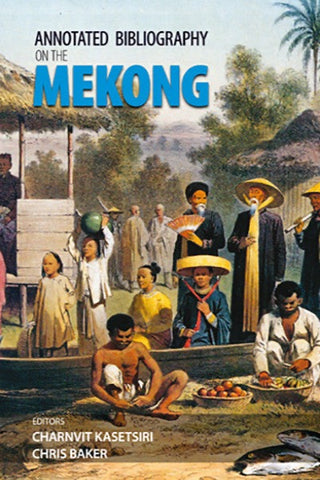
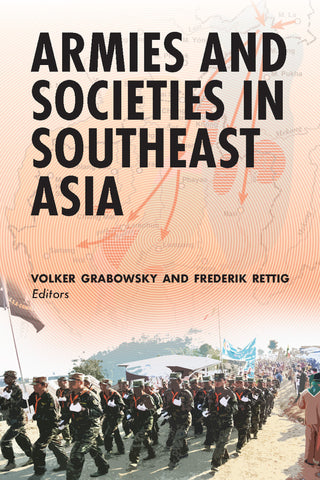

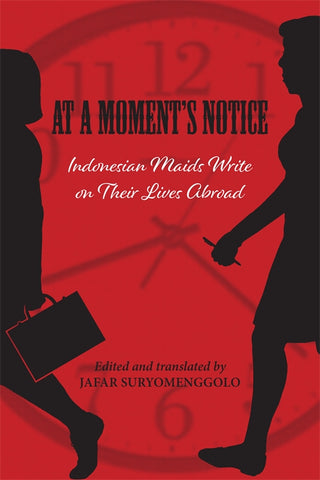
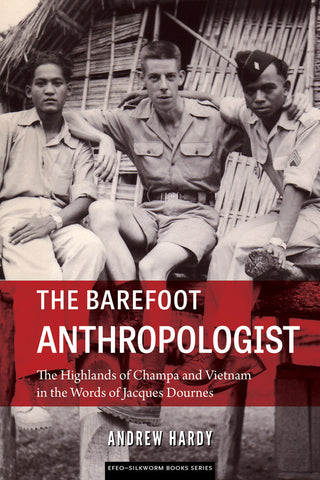
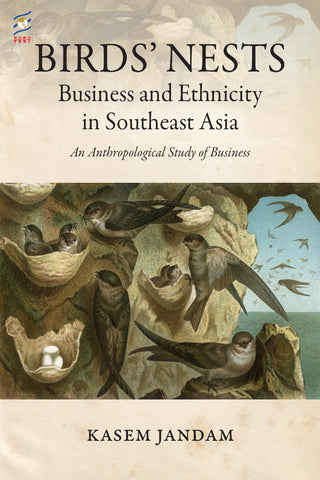
Share this item: